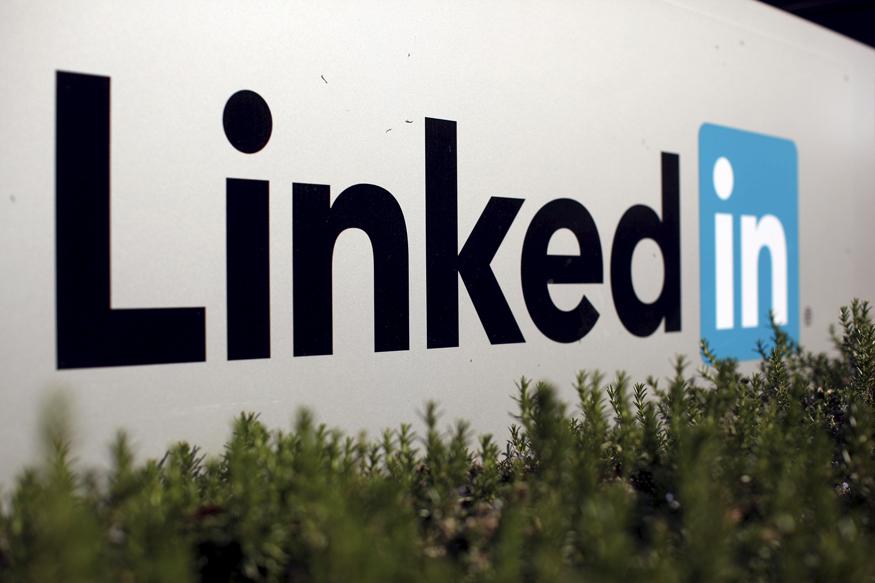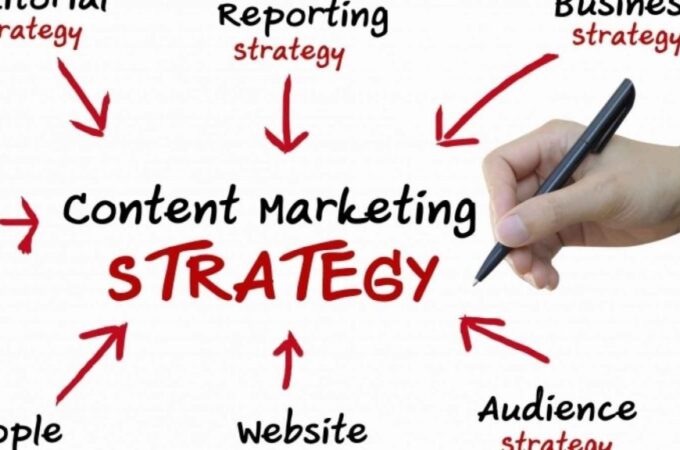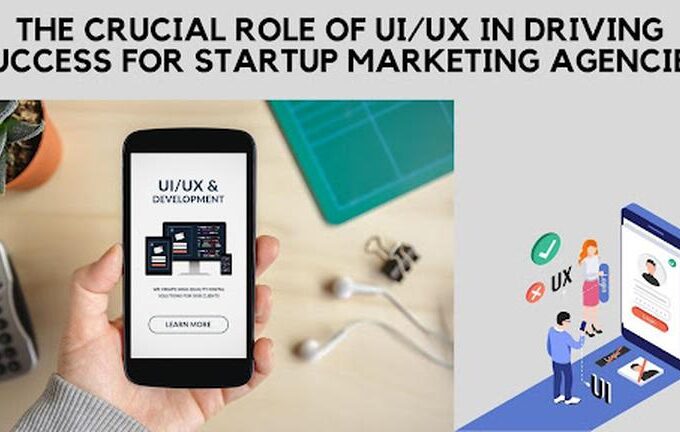
How to Create a Great LinkedIn Profile
Developing a great LinkedIn profile takes time and effort. It’s not a happenstance casino games – you need to maximize the LinkedIn template so that you highlight your strengths show potential employers what types of advantages they’ll enjoy if they hire you.
You may have put up a LinkedIn profile at some time but if you haven’t been job-searching, chances are that you’ve neglected your page. You may accept link requests as they come in and add people you meet at networking events as contacts but chances are that you haven’t been staying up to date with listing all of your accomplishments and experiences. Yet that’s exactly what a new employer is going to want to see.
If you’re job-hunting it’s a good time to overhaul your LinkedIn profile. Here are some profile-building tips and tricks from top human resource professionals and headhunters who look at a potential employee’s LinkedIn profile before they even schedule an interview.
Photo

Choose a photo that shows you as a professional. You want to look friendly, approachable and capable.hat means that a shot of you with your family pooch is probably not going to win you an interview with the recruiter – unless, perhaps, you’re applying to work for a pet supplier. Check out the photos of other people in your field and note what they’re wearing and how they seem to be comporting themselves in their photos. Then, try to emulate the ones that seem like the way that you want to appear.
URL
Get a custom URL (ideally linkedin.com/yourname). This looks much more professional than the clunky combination of numbers that LinkedIn automatically assigns when you sign up. To get one, find the “Public Profile URL” It’s at the bottom of the gray window on the Edit Profile screen. Click “Edit” next to the URL and specify your preferred address. Click “Set Custom URL” and you’re set.
Headline

Don’t headline your profile with something that sounds needy – “looking for the next best opportunity” or “moving on.” Use the headline space to showcase your specialty. Highlight what sets you apart. Check out other profiles and see who has a headline that catches your eye and makes you think “hmmmmm, s/he sounds good.”
Summary
There’s a space to summarize your accomplishment and the highlights of your professional life. That’s actually one of the most important places on your LinkedIn profile because potential employers often look there first to get a general idea of what you might be able to bring to their business before they dig deeper into your profile.
Use the summary space wisely. Your summary should be about 3-5 short paragraphs long. The middle section should be a bulleted section that walks the reader through your key skills, unique qualifications, passions and past work experiences.
A reader should be able to determine, from the summary, whether s/he wants to further pursue your profile.
You should also use your summary section to help people get to know you. Present yourself as warm, welcoming and approachable – no one is going to want to hire someone whose personality is going to cause problems in their office. You want the reviewer to get a feel for your style and personality and PURSUE you. Don’t forget that LinkedIn is a platform that’s designed for interaction so show yourself as a game player.
Keywords

Use your target job descriptions to your advantage. Look at the job descriptions of the positions that you are pursuing. Which words stand out? Those keywords give you a strong sense of what recruiters are searching for. Once you know what they are searching for you can sprinkle those words in your profile. LinkedIn will use those keywords to direct potential employers to your profile page to help them in their search and help you be identified by the right people.
Buzzwords
Some of the most over-used words on LinkedIn include “analytical, patient, expert, organizational, strategic, innovative and driven. It’s almost as though someone opened a thesaurus and pulled out the words that are featured as positive job-searcher words.
Don’t use them. Recruiters are tired of hearing the same phrases and words over and over and over again. Be creative while being authentic.
Resume
Your LinkedIn profile is your resume – and it isn’t. It is in the manner that it’s an interactive platform so you can use it so that it seems as though you’re having a conversation with someone. Let people know your passions and values. Inject your personality into the resume and some of what you do outside of work. You want people to get to know you.
On the other hand, your LinkedIn profile is a kind of resume. A potential employer is going to read it to get a feeling for your experience level, your accomplishments and the highlights that you’ve experienced thus far in your career. Flesh out these points with bullet points that describe what you’ve done, how well you did it and on whom you were able to impact.
Achievements

Recruiters spend countless hours scouring LinkedIn in search of the high performers. And when they find them, they contact said high performers. Knowing this, you’ll serve yourself well to market yourself as a high performer in your summary and experience section (think action words, accomplishments, talking about times you’ve been promoted or hand-picked for projects).
How to Deal With Unemployment
Unemployed? Unfortunately, recruiters see unemployment as a failure, even when you end up unemployed through no fault of your own. Make sure that you have something listed on “current employment,” even if it’s just “self-employed” or an employee of a company that you start yourself.
Multi-Media
Link your LinkedIn profile to other social media accounts so that potential employers can see a more well-rounded picture of you (make sure that those accounts are clean and friendly).
“A picture truly is worth a 1,000 words so be sure to add photos, videos, and slideshow presentations to your profile summary. Iinstead of just talking about your work readers can see examples. Click ‘Edit and scroll down to your summary where you can click on the box symbol to ‘add file.’”
Don’t Skimp
If you’re going to send potential employers to your LinkedIn profile, make sure that the profile properly represents your successes in your field. The more complete the profile that you showcase, the better the odds are that the recruiter will pay attention. List your skills, the places that you’ve worked and add in a few references. You can use the LinkedIn tool that measures your profile’s “completeness” and gives suggestions on how to make it stronger.




